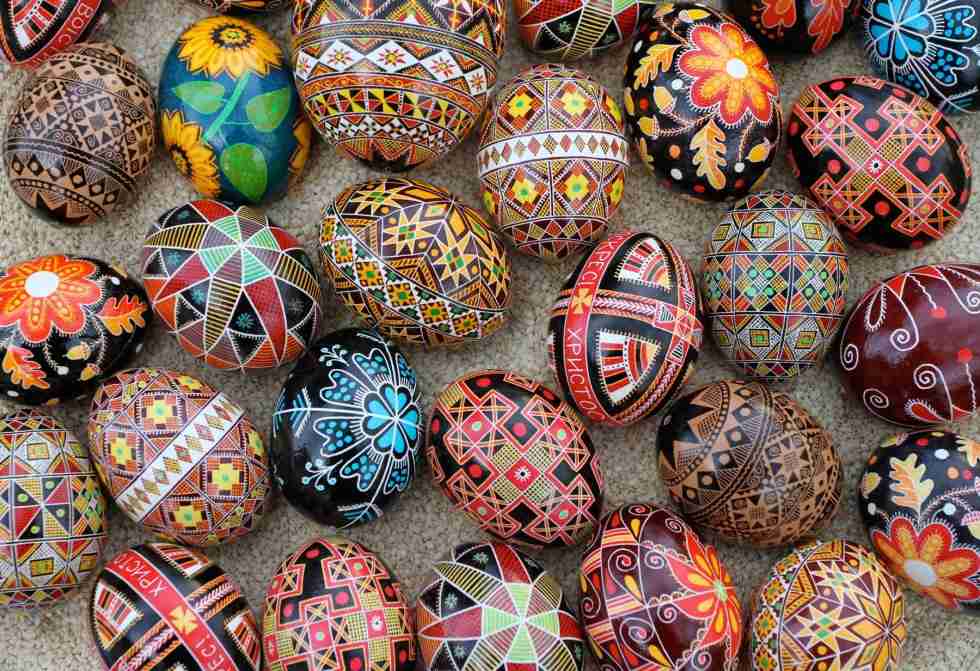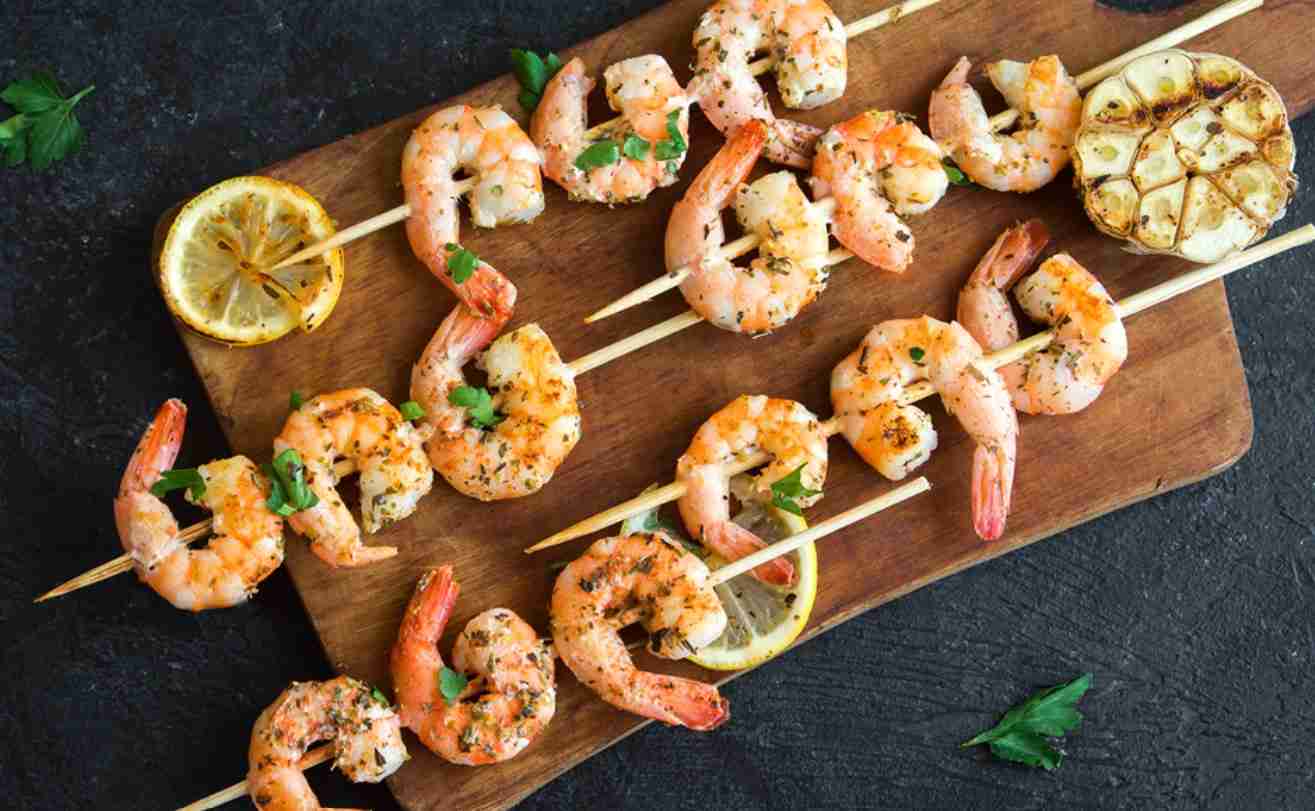FREE Delivery Catering & SPECIAL Discounts
Join 3 Sons VIP Club to enjoy our Special Discounts & Latest Offers!

Like everything in Australia, Easter traditions are a little different. Still, an important Christian holiday celebrating the resurrection of Jesus Christ, Australians choose to celebrate Easter in a variety of ways depending on their religious beliefs, interests, and hobbies. Australia (in the southern hemisphere) refers to Easter in the fall; it coincides with the school holidays for the kids, and much of Australia enjoys some of the best weather of the year. Because of this, Easter often involves spending time outdoors and adventures with friends and family. Here are some of the celebration foods that Australians for the Easter holiday.

For many Australians of different religions, Easter Sunday wouldn’t be complete without the family getting together for a lamb roast. Lamb, traditionally cooked in a roasting pan with roasted potatoes and squash, or in a Mediterranean-inspired dish with ingredients like garlic, olives, and lemon, remains the quintessential Easter Sunday feast meat.
The origins of eating lamb at Easter can be traced back to the first Jewish Passover when believers would roast a sacrificial lamb and eat it with unleavened bread and bitter herbs in the hope that angels of God would cross their homes to ensure the people inside suffer harmlessly. When some Hebrews converted to Christianity, they kept the tradition, so many Christians – who often refer to Jesus as the Lamb of God – put a special emphasis on meat. Many Western countries, especially European ones, still place special emphasis on the Easter lamb.
In France, grilled lamb chops, then the main meal, and then the special Easter cake. In Greece, whole lambs are roasted in a rotisserie and the innards of the animal are used to make a hearty soup.
In Australia, it was common practice in the early to mid-20th century to have a hot lunch after church every Sunday. It’s a nod to the nation’s abundant supply of sheep and extends the Easter custom into everyday life.

For most Australians, chocolate is arguably the most recognizable Easter treat, often evoking fond childhood memories of family members or friends who have sometimes departed.
It may be surprising to learn that the tradition of giving and receiving chocolate at Easter is relatively new, a tradition that only dates to the late 19th century. Before this time, people gave eggs, usually painted, or dyed red, a tradition dating back to pagan times, where eggs were considered a symbol of renewal and spring.
In 1873, Cadbury introduced its first Easter egg, and the first mass-produced chocolate egg appeared in England. By the early 1900s, milk chocolate eggs became ubiquitous. Today, eggs and rabbits come in a variety of colors and shapes. Many Australians especially appreciate the Easter Bunny, the local answer to wildlife imports wrapped in foil.

Hot cross buns may have been on the shelves since Christmas, but traditionalists will wait until Good Friday morning before stuffing them into toast for breakfast. Filled with dried fruit, seasoned with fresh spices, and with a smooth crust, the perfect hot cross bun is most commonly toasted and buttered.
For many Aussies, hot cross buns are an Easter staple – Coles sold more than 25 million of them last year – and bakers across the country are making a difference by adding chocolate, yeast, and gluten-free to their loaves Even fruitless bread to satisfy our need for hot cross buns. Baking tracks.
But these modern versions are a far cry from the original cross buns, which are believed to have come from ancient Greece – although the Saxons also ate bread marked with a cross in honor of Iost, the goddess of light, whose name we know is Easter .
For Christians, the cross on the bread is a symbol of crucifixion, and according to superstition, cross buns baked on Good Friday never get moldy and are sometimes kept from one year to the next.

This could be a bonanza cooked in a shack on the beach on holiday weekends. Or enjoy a seafood feast at home in keeping with Good Friday traditions. Or, the simple joys of paper-wrapped fish and chips. Either way, the deep symbolism of eating fish for Easter fits with our long-standing love of escaping to the sea.
The original law of the Roman Catholic Church required believers to abstain from meat every Friday as a penance, and some still abide by it. It is now more common to not eat meat on Fridays during Lent (40 days before Easter) or during Good Friday. However, even for many who don’t go to church, it seems wrong to eat red meat on a day set aside to commemorate the death of Jesus.
What could be better than a meal of buns and chips by the beach on a silent autumn night? Or grilled snapper with lemongrass and chili? You need to be organized. Looking for anything open on Good Friday can be a try, so gather your supplies, or check to see if your favorite fish fryer and chipper will open.
3 Sons Cafe pride itself on serving great food and great service with all our products being locally sourced while offering our customers a range of mouth-watering options for their function and catering requirements to celebrate Easter.
Our friendly and professional function team can create the perfect event for you and your guests, whether it’s a Corporate function, Business lunch gathering, birthday party celebrations, Kid party & pet party. For all your private and business functions and catering requirements, 3 Sons pride ourselves on serving great food and great service for your function and catering needs. We Party food including fruit platters, vegetarian platters, sandwich platters, etc… So do not hesitate and enjoy your Easter at 3 Sons!
Know more about 3 Sons Cafe: http://3sons.com.au/
3 Sons Industrial Style Cafe is a Keysborough restaurant, one of the best Keysborough café offering both outdoor dining and Keysborough takeaway food. We have all range of party food & food platters does not limit to fruit platters, sandwich platters & all kinds of party food ideas. Nearby suburb: Dandenong, Noble Park
Sunday 8am – 3pm
Monday 7am – 3pm
Tuesday 7am – 3pm
Wednesday 7am – 3pm
Thursday 7am – 3pm
Friday 7am – 3pm
Saturday 8am – 3pm
Join 3 Sons VIP Club to enjoy our Special Discounts & Latest Offers!